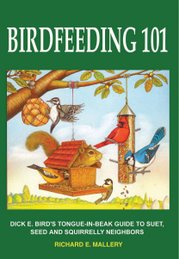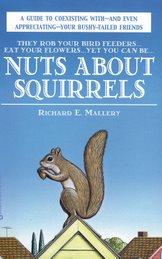Friday, March 9, 2007
Preening and Cleaning
HAVE you ever noticed that birds seem to spend a lot of time preening themselves? They spend hours every day apparently doing nothing more than ruffling up their feathers. Whether they are parrots or pelicans, sparrows or flamingos, they all go through this daily ritual. Why? Are they merely trying to look their best?
The real reason is far more substantial than that. Birds need these preening sessions just as much as aircraft need an overhaul. In fact, maintaining plumage in good trim is a matter of life and death to birds. Their feathers suffer a lot of wear and tear, and preening not only keeps them clean and free of parasites but also maintains their aerodynamic functions.
The daily grooming routine involves "zipping up" any barbs of a bird’s feathers that may have come apart. When the barbs are properly hooked together, the feather is more efficient in giving the bird lift. Two groups of feathers need special attention, the flight feathers of the wings and the steering feathers of the tail.
Birds also have a constant battle to keep parasites at bay. In addition to posing a health hazard to the bird, the tiny parasites actually eat the feathers. Naturalists have noticed that birds with damaged bills cannot preen themselves properly and, as a result, harbor many more feather parasites than do normal birds. To facilitate the removal of parasites some bird species even cover themselves with ants, whose formic acid apparently acts as an effective insecticide.
Finally, the feathers need to be oiled. For aquatic birds the oil on the feathers provides a waterproof coating, and all birds get better weather protection from well-oiled feathers. Where does the oil come from? A special gland known as the preen gland, located just above the tail, secretes oils and waxes, which the bird patiently transfers to its feathers. Once again, flight feathers get special attention in the process. So we need not assume that a bird is idling away its time when preening its feathers. Granted, this process does help the bird keep up appearances, but it also keeps it healthy. In the bird world, preening is a matter of survival.
Subscribe to:
Post Comments (Atom)












No comments:
Post a Comment